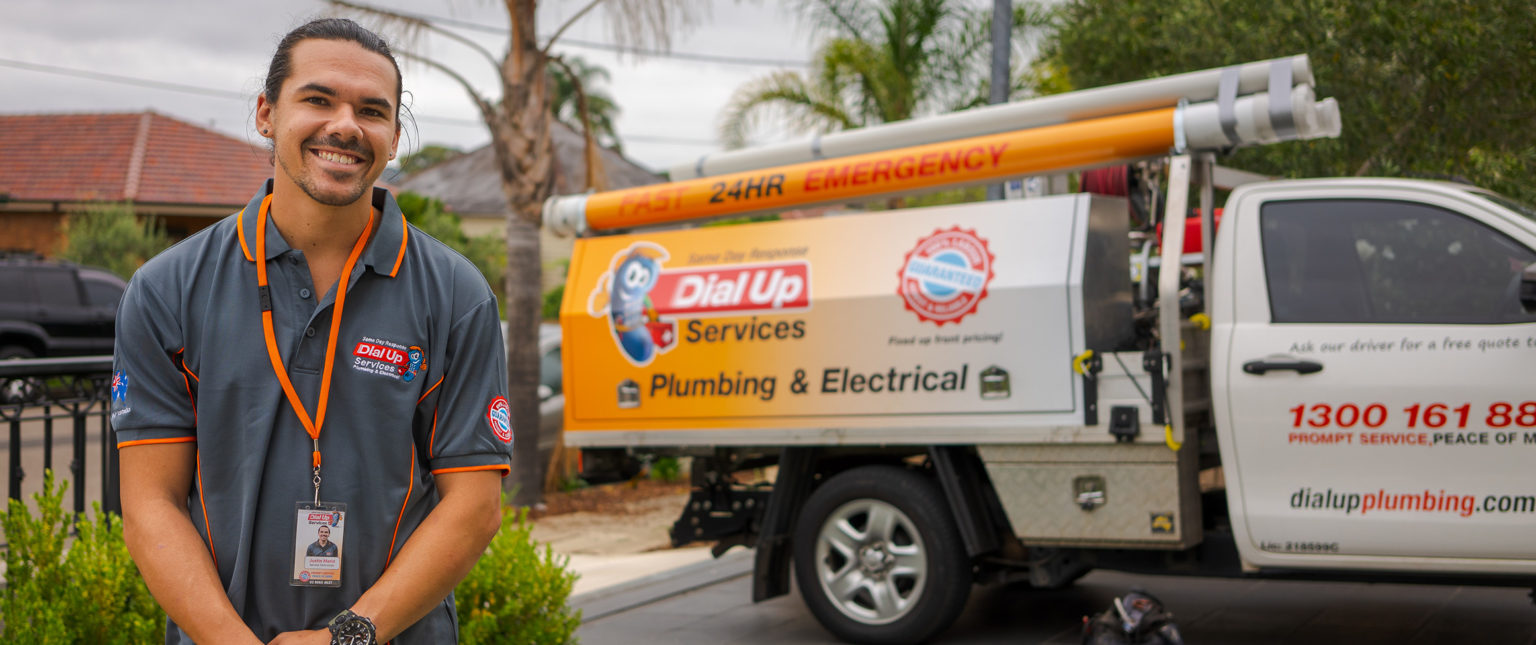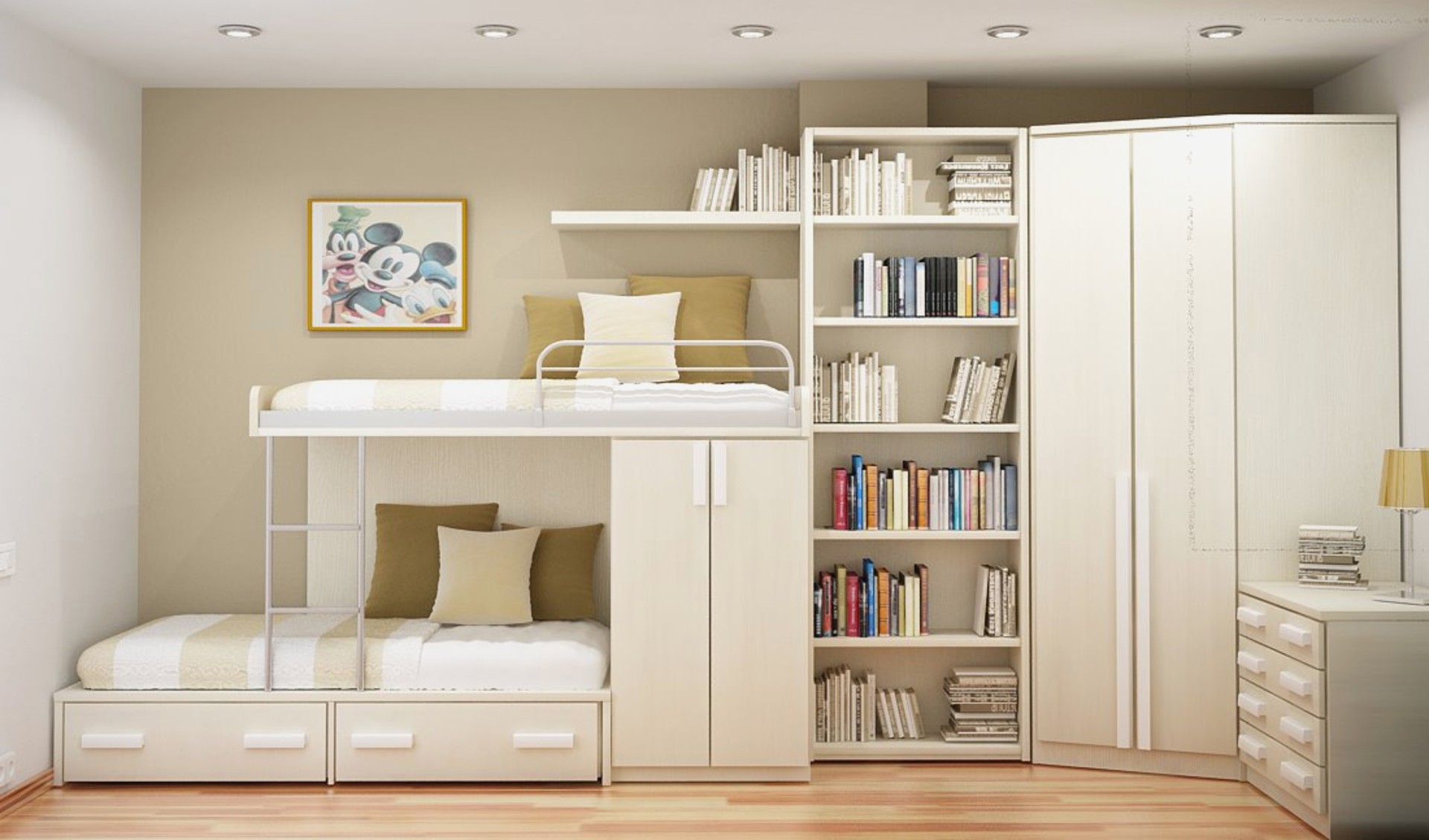
There are many appliances and plumbing fixtures that claim to be “water-efficient,” but how can we tell which one is better?
There are a variety of products that may be considered water efficient. These include showerheads, washing machines, toilets, and dishwashers.
Explanation of the WELS scale
For appliances, the Water Efficiency Labelling Standards (WELS) label displays the device’s water efficiency rating; for other goods, the rating description is printed on the product package. These labels, which may be seen on most water-using appliances as well as faucets and toilets, provide information about the appliance’s water efficiency.
The more stars a product has, the better it is at what it does.
If a showerhead has a 3-star rating, it means that it uses just 6 to 9 liters of water per minute, compared to previous showerheads that might consume 25 liters.
In addition to a WELS rating, washing machines and dishwashers might have additional capabilities or settings that minimize the amount of water they consume even more.
Front-loading washing machines use around half as much water as top-loading machines to wash your clothing because of the way the water is distributed throughout the wash cycle. By automatically adjusting the water level to the amount of the load, load sensing technology may help further reduce water use per load.
How much better is a water-efficient appliance or fitting than a conventional one?
There is a lot of variation in how much water can be saved depending on the model, size, and design. For example, whereas a conventional faucet may send 15 to 25 liters of water per minute into the sink, a low-flow or aerating tap can limit that flow to around 2 liters per minute.
To reduce your flushing costs by as much as 67%, you may want to consider installing an environmentally friendly dual flush toilet.
Which one is more effective?
On showerheads, tapware, toilets, urinals, flow controllers, washing machines, and dishwashers, look for the WELS rating.. With the rating system, it is now much easier to compare the water efficiency of various fixtures and appliances.
When purchasing a water supply, how can I avoid purchasing a device that only supplies a trickle of water?
In the shower, you’ll be able to tell the difference between a traditional ‘Niagra Falls’ fitting and a water-saving one that was poorly constructed. The restricted flow capability of certain efficient showerheads might leave you with an unsatisfactory showering experience, producing just a trickle from the fitting.
Before buying a showerhead, do some research online, go to your local plumbing supply shop, or just ask your plumber Sydney for help. This situation may be prevented if you do some study beforehand. Most plumbers have changed many faulty or inefficient fittings, so they’ll be able to tell you precisely what to avoid. It’s also possible to get advice tailored to your home, hot water system, and family’s needs from these experts.
Visit waterrating.gov.au for additional information on water efficiency and ratings.


